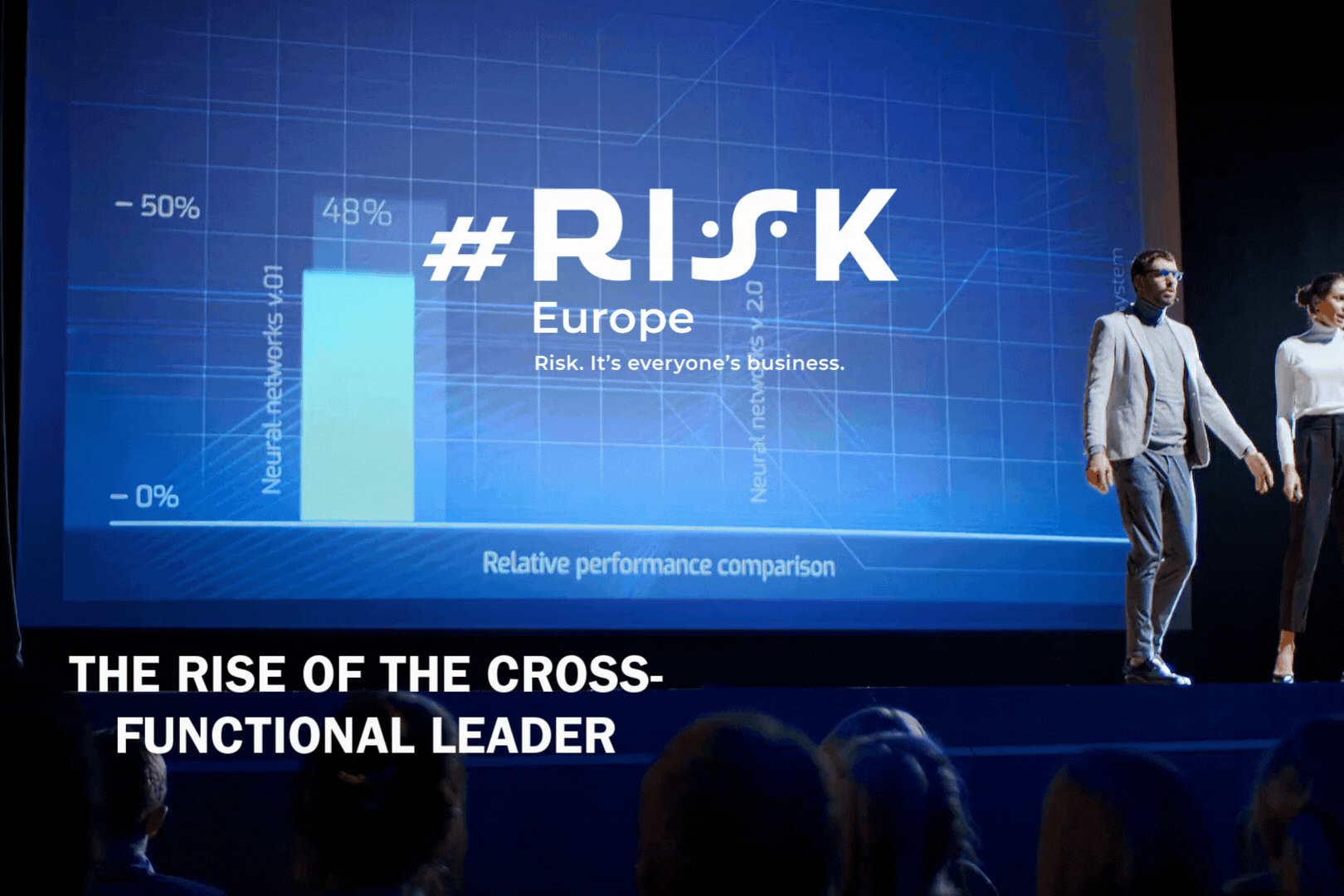The European Commission has published its final draft proposal for the legal regulation of artificial intelligence, proposing a risk-based system and the banning of “unacceptable uses”
The draft proposal consists of a legal framework on AI and a new Coordinated Plan with Member States following a White Paper last year.
The proposal outlines banned applications of AI, including a clause that prevents practices which use AI to “manipulate persons” or “exploit vulnerabilities,” via “subliminal techniques beyond their consciousness,” but only when physical or psychological harm is caused.
The EC has dropped its previously stated clause to place a horizontal ban on generalised “indiscriminate surveillance” without differentiation.
The draft proposal states:
“The methods of surveillance may include large scale use of AI systems for monitoring or tracking of natural persons through direct interception or gaining access to communication, location, metadata, or other personal data collected in digital and/or physical environments or through automated aggregation and analysis of such data from various sources.”
Also banned under the new guidelines is the use of AI for government-conducted social scoring.
The draft states all remote biometric identification systems will be considered “high risk” and therefore subject to strict requirements. Real-time facial recognition and biometric systems are outlined as banned for the uses of law enforcement unless it is used to find criminals, kidnapped victims or to respond to terror attacks.
There is expected to be pushback on the absence of a clause on using AI to allegedly distinguish sensitive information. The draft proposal allows for the use of biometric technologies to recognise emotions and sensitive characteristics such as gender, race and sexual orientation.
Additionally, the draft proposal defines and categorises high-risk AI systems.
Of the list, critical infrastructure such as transport sits at the top, with applications of biometric information; education; public services such as welfare; employment; essential private and public services, such as credit scoring; law enforcement, and migration.
As proposed, supervising the uses of AI will be the national competent market surveillance. A European Artificial Intelligence Board, made up of supervisors including the European Data Protection Supervisor, has been proposed to facilitate the implementation, as well “as drive the development of standards for AI”.
Alexandra Geese, a Member of the European Parliament, responding to the paper, said: “systems used by public authorities to detect the emotional state of a natural person are classified high-risk, but allowed. This sounds dystopian to me. Is the EU Commission sure this is compatible with European fundamental rights and values?”
Margrethe Vestager, Executive Vice-President for a Europe fit for the Digital Age, said:
“With these landmark rules, the EU is spearheading the development of new global norms to make sure AI can be trusted. By setting the standards, we can pave the way to ethical technology worldwide and ensure that the EU remains competitive along the way.”
Next steps
The regulations will become applicable across the EU once the European Parliament and the Member states have adopted the EC’s proposal on AI and Machinery products.
Commissioner for Internal Market Thierry Breton said:“[AI] offers immense potential in areas as diverse as health, transport, energy, agriculture, tourism or cyber security. It also presents a number of risks.
“Today’s proposals aim to strengthen Europe’s position as a global hub of excellence in AI from the lab to the market, ensure that AI in Europe respects our values and rules, and harness the potential of AI for industrial use.”












No comments yet